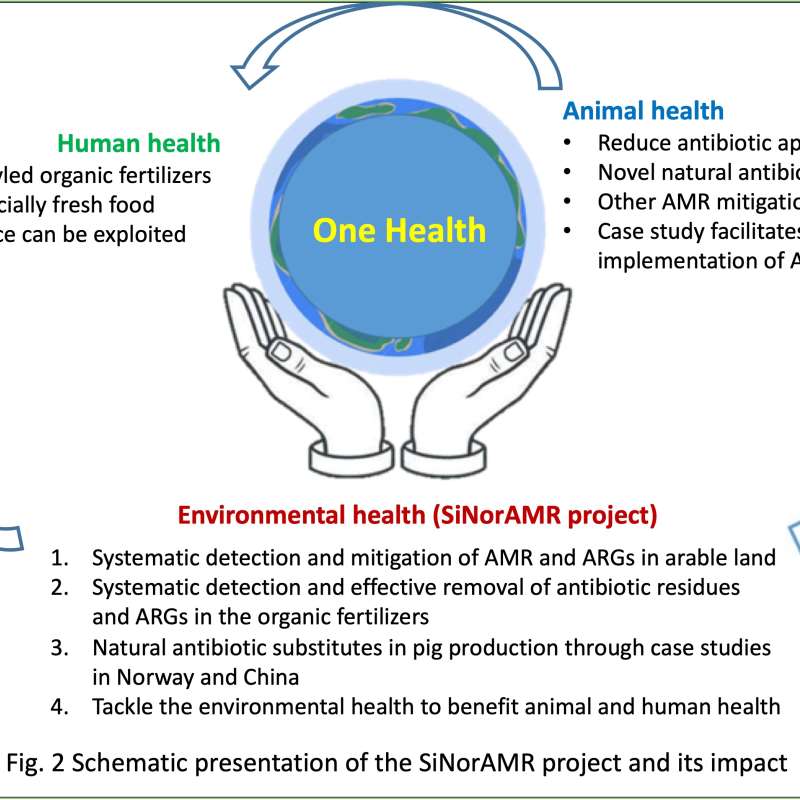Inger Heldal
Senioringeniør
Forfattere
Igor A. Yakovlev Thiago Inagaki Junbin Zhao Pierre-Adrien Rivier Hege Særvold Steen Inger Heldal Daniel Rasse Jihong Liu Clarke Nicholas ClarkeSammendrag
Det er ikke registrert sammendrag
Forfattere
Iuliana Caras Irina-Elena Ionescu Ana-Maria Pantazica Andre van Eerde Hege Særvold Steen Inger Heldal Sissel Haugslien Catalin Tucureanu Raluca-Elena Chelmus Vlad-Constantin Tofan Adriana Costache Adrian Onu Hang Su Norica Branza-Nichita Jihong Liu Clarke Crina StavaruSammendrag
Det er ikke registrert sammendrag
Forfattere
Ana-Maria Madalina Pantazica Andre van Eerde Mihaela-Olivia Dobrica Iuliana Caras Irina Ionescu Adriana Costache Catalin Tucureanu Hege Særvold Steen Catalin Lazar Inger Heldal Sissel Haugslien Adrian Onu Crina Stavaru Norica Branza-Nichita Jihong Liu ClarkeSammendrag
The recent SARS-CoV-2 pandemic has taught the world a costly lesson about the devastating consequences of viral disease outbreaks but also, the remarkable impact of vaccination in limiting life and economic losses. Vaccination against human Hepatitis B Virus (HBV), a major human pathogen affecting 290 million people worldwide, remains a key action towards viral hepatitis elimination by 2030. To meet this goal, the development of improved HBV antigens is critical to overcome non-responsiveness to standard vaccines based on the yeast-produced, small (S) envelope protein. We have recently shown that combining relevant immunogenic determinants of S and large (L) HBV proteins in chimeric antigens markedly enhances the anti-HBV immune response. However, the demand for cost-efficient, high-quality antigens remains challenging. This issue could be addressed by using plants as versatile and rapidly scalable protein production platforms. Moreover, the recent generation of plants lacking β-1,2-xylosyltransferase and α-1,3-fucosyltransferase activities (FX-KO), by CRISPR/Cas9 genome editing, enables production of proteins with “humanized” N-glycosylation. In this study, we investigated the impact of plant N-glycosylation on the immunogenic properties of a chimeric HBV S/L vaccine candidate produced in wild-type and FX-KO Nicotiana benthamiana. Prevention of β-1,2-xylose and α-1,3-fucose attachment to the HBV antigen significantly increased the immune response in mice, as compared with the wild-type plant-produced counterpart. Notably, the antibodies triggered by the FX-KO-made antigen neutralized more efficiently both wild-type HBV and a clinically relevant vaccine escape mutant. Our study validates in premiere the glyco-engineered Nicotiana benthamiana as a substantially improved host for plant production of glycoprotein vaccines.

